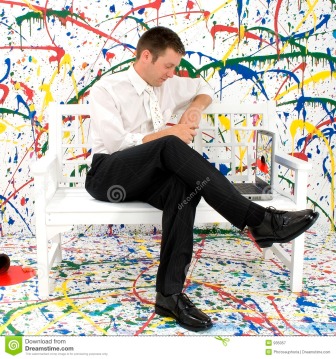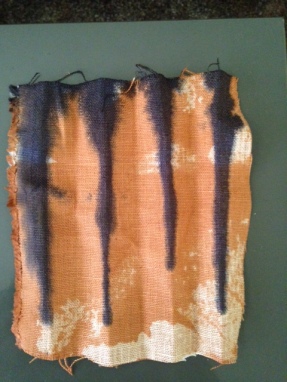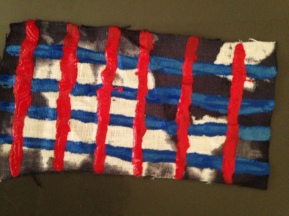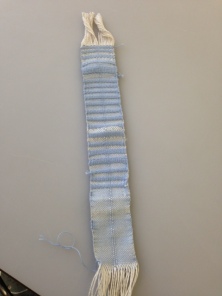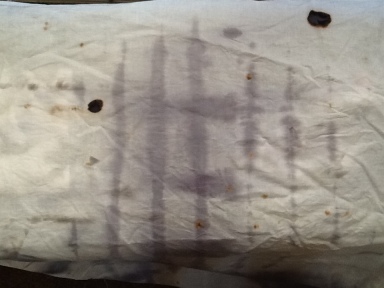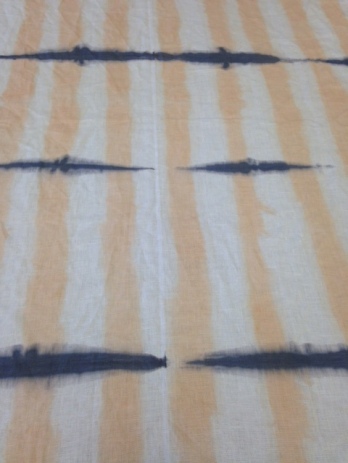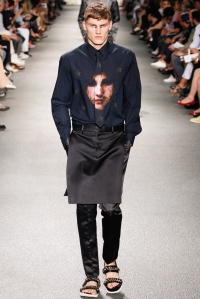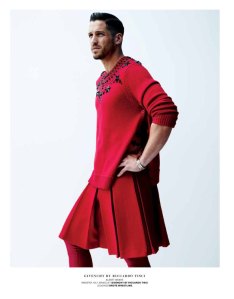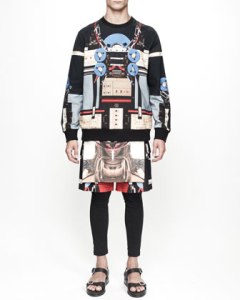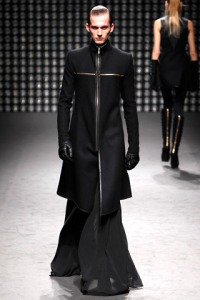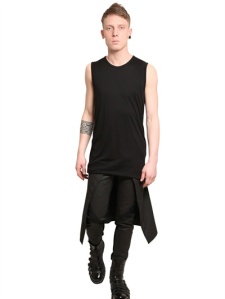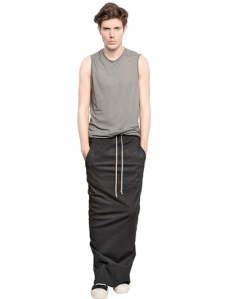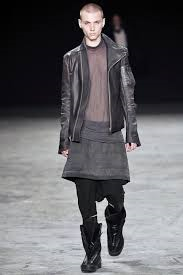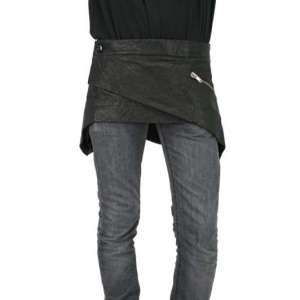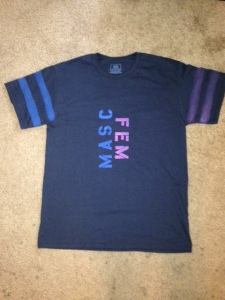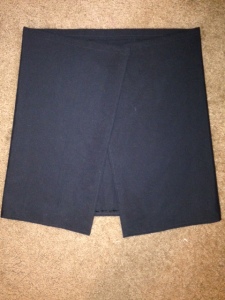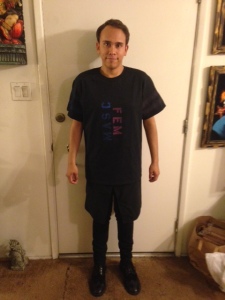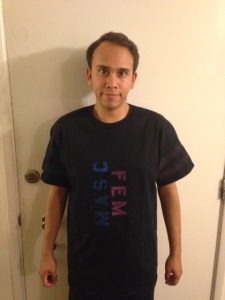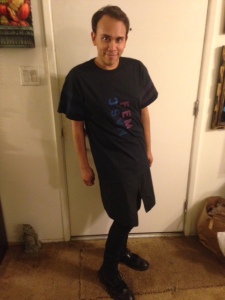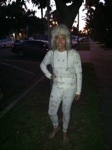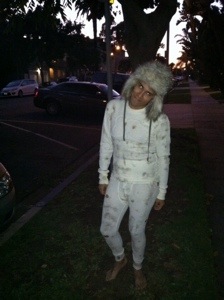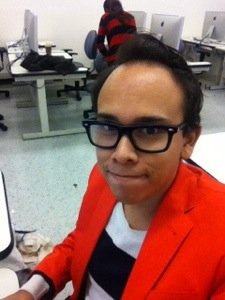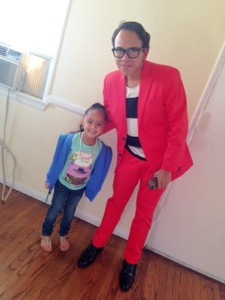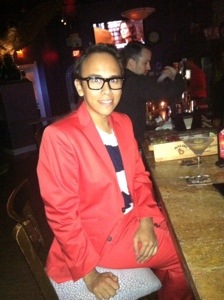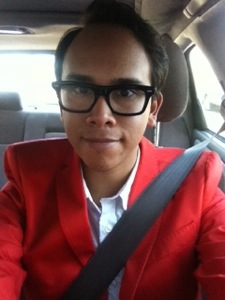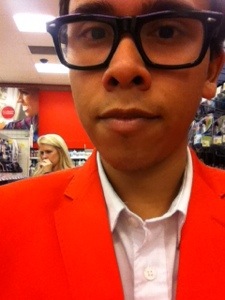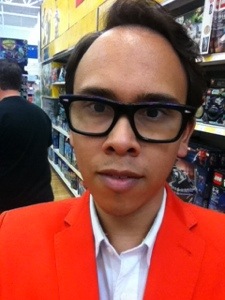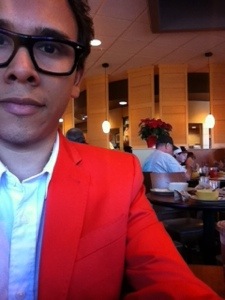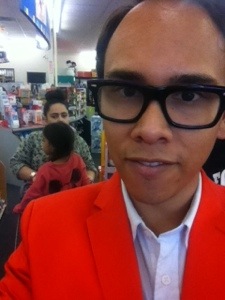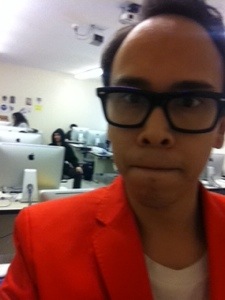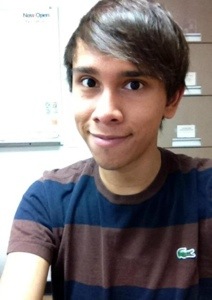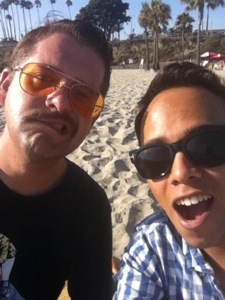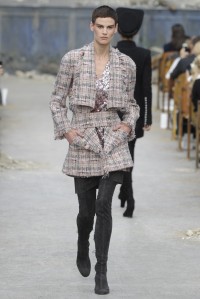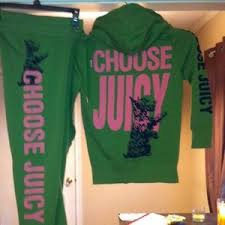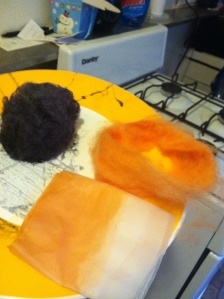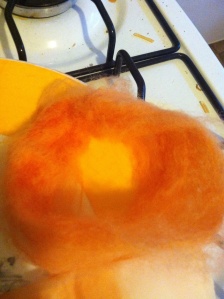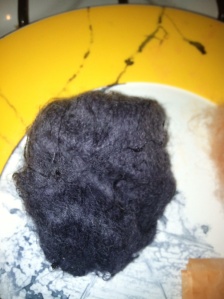Refereeing to highland rape, rape is a horrific act, why are magazines allowed to romanticize it and put it in advertisements?
As most people would agree rape is awful, there are also many people who prefer some sort of submissive or some sort of “Victim” style role when they are having sexual relations with a partner. As we see in Alexander McQueen’s work, he uses scenes that could be considered to reference rape in a glorified manner. Such as the scene of his 1997 show “It’s a Jungle Out There”, where he showed women as submissive creatures. This of course, being misconstrued as torture towards women, was in fact the opposite in McQueen’s mind. “He used the idea of animal instincts in the natural world as metaphor for the dog-eats-dog nature of the urban jungle, staging the show against a forty foot-high screen of corrugated iron drilled with imitation bullet holes and surrounded by wrecked cars, adding dry ice and crimson lighting for drama” (Evans, 208). I think because magazines show these scenes and rely on both fashion and fashion designers for answers, that they have a sort of “Don’t kill the messenger” stance and that they don’t feel responsible for relaying messages that they suggest, are really being given by fashion designers and clothing.
Is it possible for clothing to provide the type of protection McQueen try’s to creative by making women look “so powerful no one would dare lay hands on them?
I think that he does do a good job of making women look powerful. As mentioned in the reading, he was intending to make women look so powerful that they wouldn’t dare be messed with by anyone, particularly men. McQueen’s tailoring background help him take the men’s tailoring processes from Saville Row and institute the same aesthetics into women’s couture. The designs he made do have characteristics of menswear, and perhaps he feminizes them via silhouette, fabrics, and of course, make-up and styling. “The representation of female sexuality as terror has a long history (Tseelon 1995) in which the power of female display, or allure, is pictured as terrifying, sometimes deathly” (Evans, 207). This form of using sexuality as terror makes one think of the “man eater” and the sort of woman that McQueen was trying to portray via his clothing and fashion shows.
Are the opinions of the viewer or designer a more correct interpretation fashion?
I think that the opinions of certain viewers are a more correct interpretation of fashion. We as a society, hold certain people above others when it comes to interpretation of any artform. As far as fashion goes, we look to people such as Anna Wintour for advice, whether that advice comes from the woman herself, or from people who write for her magazine, Vogue. There are also style blogs who critique the work of designers, and are broken down into categories. In my opinion, the key to making these interpretations of fashion are to know where your source is. As a viewer, my opinion may mean a lot to one person, and mean nothing to another person. For example, I love the work of Consuelo Castaglioni (head of the house of Marni), but most people I know think that her clothing is outrageous and too busy. I think that my interpretation of her work is more accurate, but if the majority rules in my inner circle, than her fashion designs are to be considered ridiculous.
Why is it appealing to sexualize or eroticise fashion?
It is appealing to sexualize and eroticize fashion because it is appealing to sexualize and eroticize anything. As a society that places heavy importance on both aesthetics and sex, we are driven by looks and sex. Alexander McQueen knew this very well, and used it in almost all of his work. “Yet McQueen’s images of a woman so powerfully sexual that no one would dare to lay hands on her, a woman who used her sexuality as a sword rather than a shield, also drew on an earlier, and more dissident, representation than the fin-de-siècle camp or her early twentieth-century cinematic successor” (Evans, 207). This could explain that since fashion is a world geared more towards women, that this is in fact a sexualized character women may aspire to be. Thus, making the idea of a femme fatale a sexualized character that women can feel their sexiest as.


